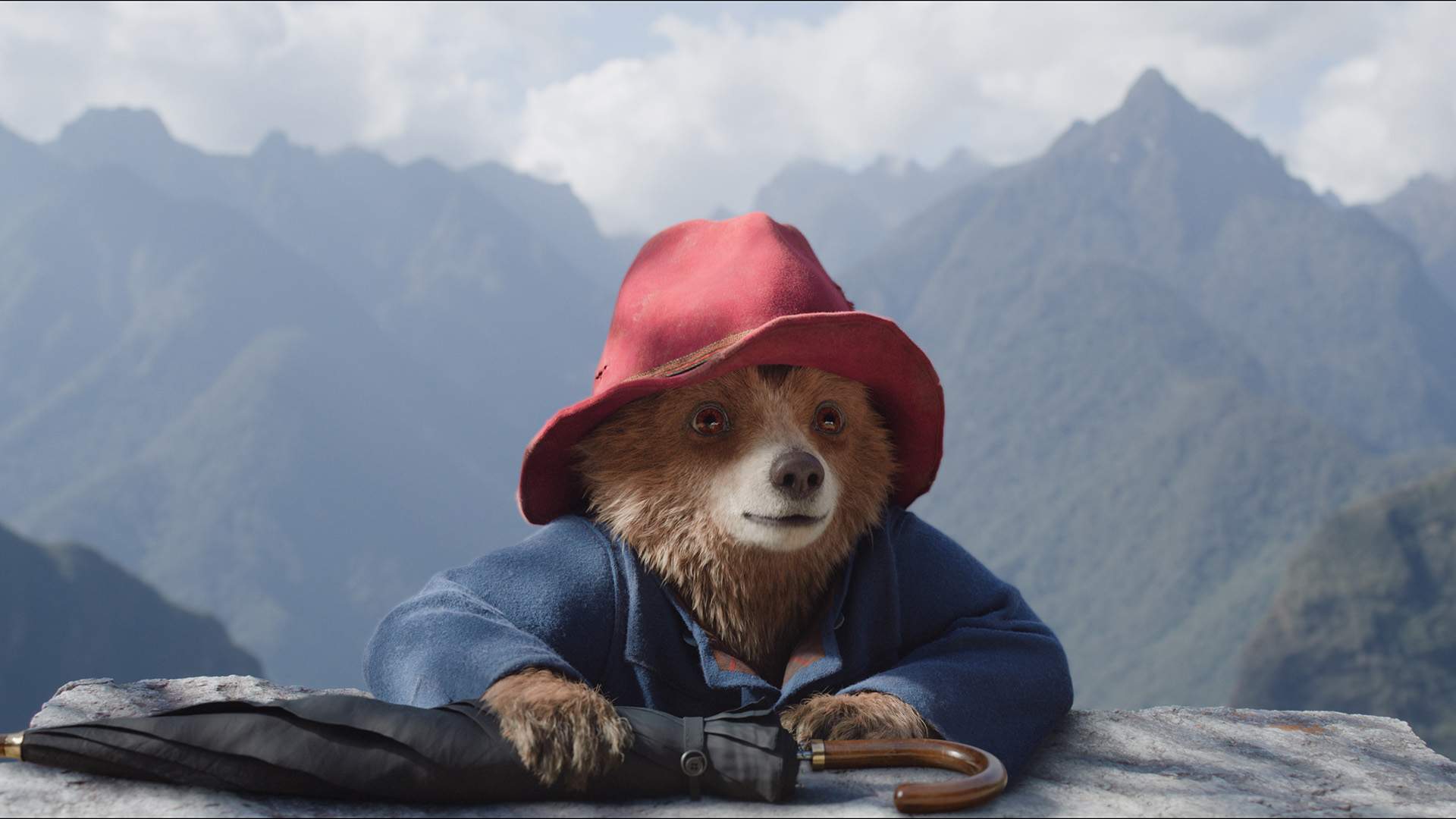Stepping Into a Big Bear Hug of a Franchise Beloved by Audiences of All Ages: Director Dougal Wilson Chats 'Paddington in Peru'
In his third movie outing, everyone's favourite marmalade-loving bear has Olivia Colman and Antonio Banderas for company — and a new filmmaker behind the lens.
It could've been stickier than a marmalade sandwich. After directing the first two Paddington movies so delightfully, and either writing or co-writing both 2014's Paddington and 2017's Paddington 2 as well, filmmaker Paul King opted to dance with another beloved pop-culture character instead of making a third date with a certain adored Peruvian-in-Britain bear. Wonka, starring Timothée Chalamet (A Complete Unknown), as the chocolatier, was also a gem. With Dougal Wilson making his feature helming debut, Paddington in Peru has turned out charmingly as well.
Wilson has been behind the lens for decades on music videos, short films and advertisements. If you've seen the clips for 'Fit But You Know It' by The Streets, 'Take Me Back to Your House' by Basement Jaxx, Dizzee Rascal's 'Dream', Jarvis Cocker's 'Don't Let Him Waste Your Time', 'Psyche' by Massive Attack, Goldfrapp's 'Happiness' and 'Life in Technicolor II' from Coldplay — among other vids — then you've seen his work. He's received Grammy, MTV Europe Music Awards and UK Music Video Awards nominations for his efforts, but taking over a big bear hug of a cinema franchise that's adored by audiences of all ages (and, in The Unbearable Weight of Massive Talent, by the one and only Nicolas Cage) is quite a task.
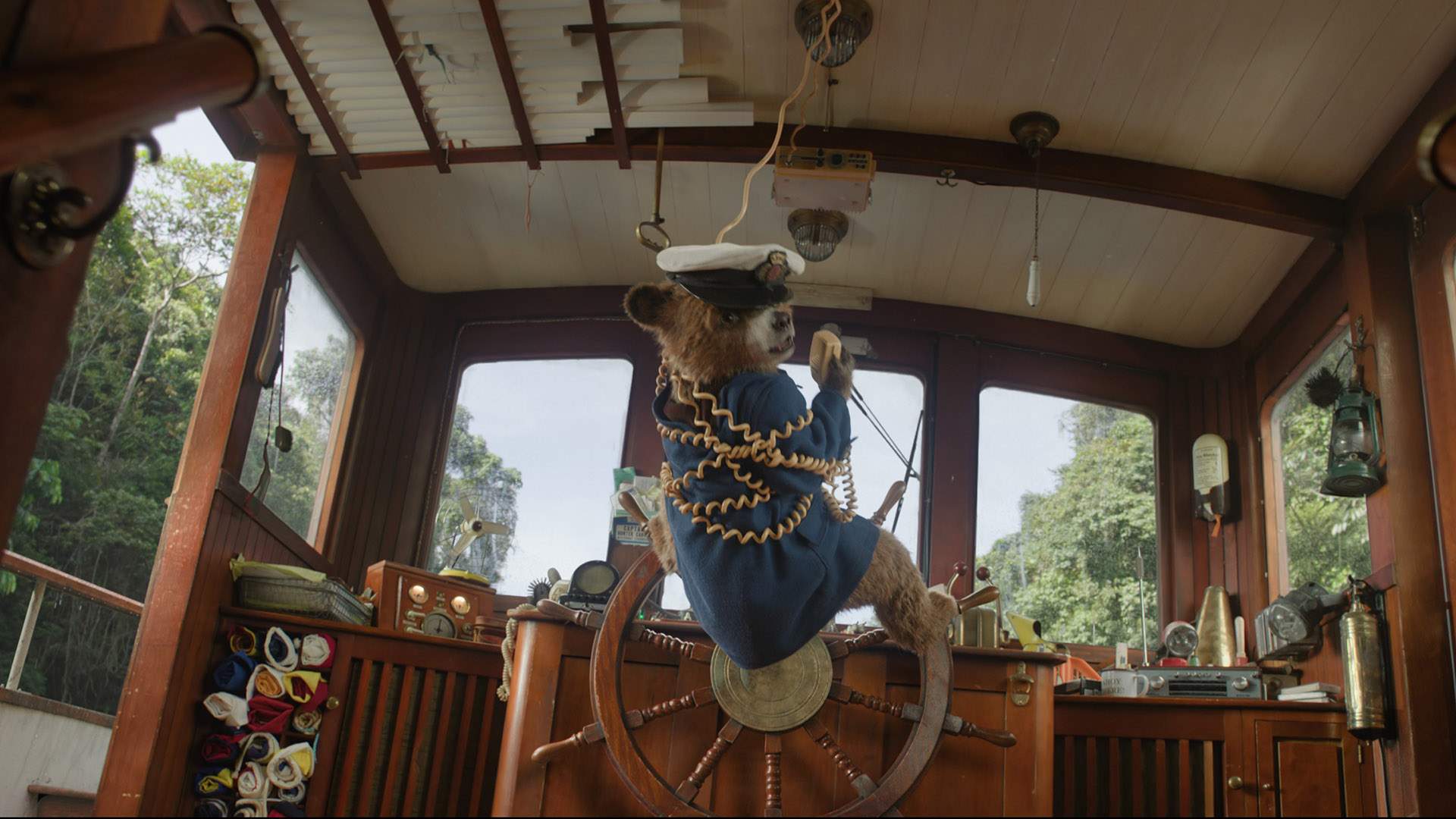
Was it daunting? How did Wilson approach it, knowing how much viewers have warmed to all things Paddington on the silver screen over the last decade — and knowing, of course, the character's history on the page, where the Michael Bond-created critter first popped up in 1958, too? "You try not to make the pressure make you have a nervous breakdown, really," he tells Concrete Playground with a laugh. While he was new to the series, he was "surrounded by a very good team who all worked on the previous films", which assisted.
"I had the same cinematographer, Erik Wilson [who also lensed Better Man], as the first two films. Same producer, Rosie Alison [Wonka], who is fantastic. Mark Burton [an Aardman Animations veteran, including Wallace & Gromit: Vengeance Most Fowl] was one of the writers who worked on the first two films. And James and Jon, two of the other writers, Jon Foster and James Lamont [the creators of animated series The Adventures of Paddington], they'd also contributed to some of the writers' rooms on the first two films. Then I had the director of animation Pablo Grillo [The Little Mermaid], who was a huge part the first two films."
"So I had a really good team to help me, who could, if not reassure me — because it's not something you should be reassuring yourself, but it's hard to work on that, and you just have to chip away and keep working and craft it as best you can — but they had been there before, so they were a great team to work with," Wilson continues.
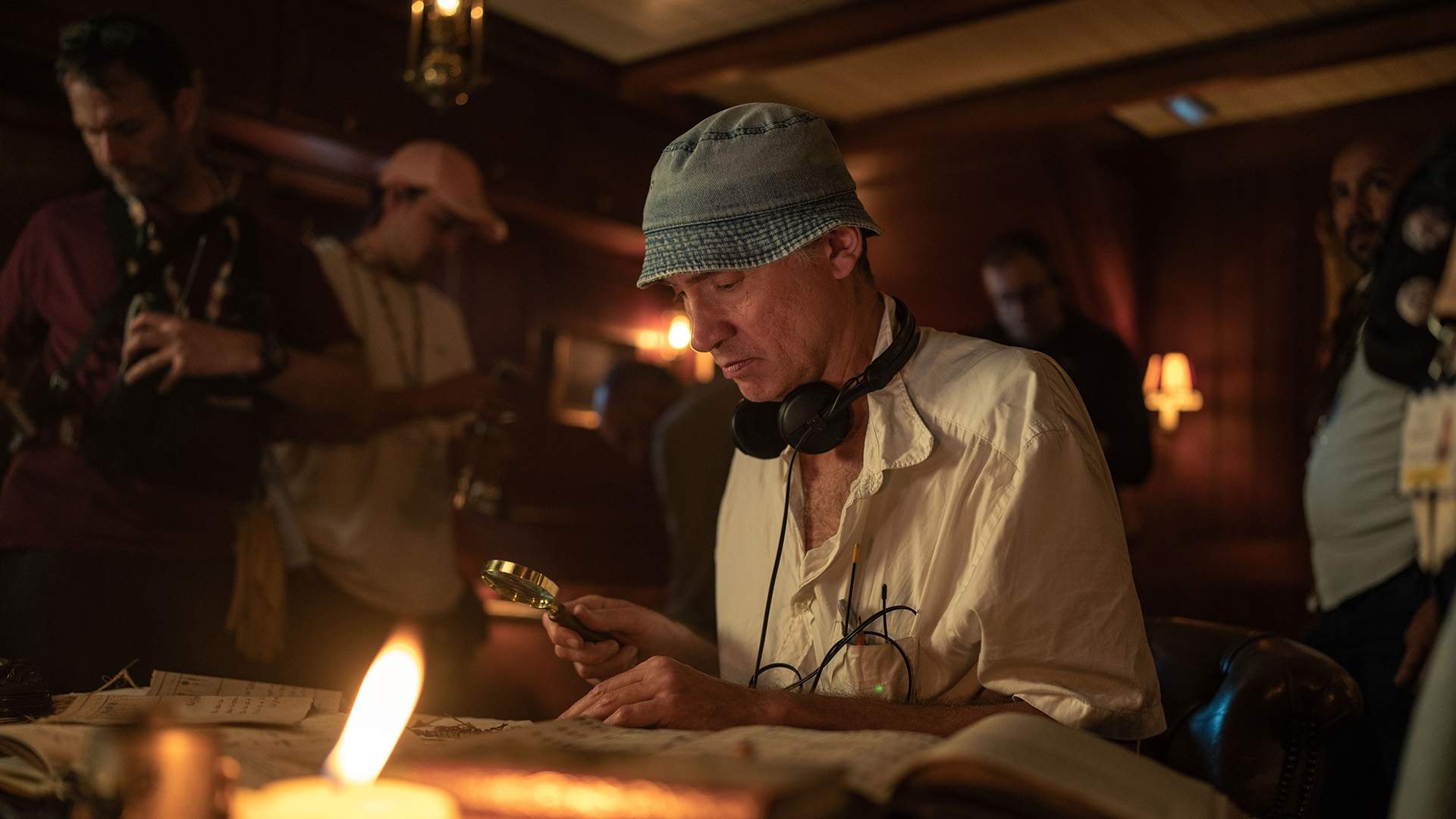
For the franchise's third instalment, Wilson, his veteran Paddington colleagues, plus a cast still led by Ben Whishaw (Black Doves) turning in a lovely and lively vocal performance, all have new terrain to traverse. Although Paddington hails from Peru, he's one of London's most-famous animal residents, and so the first two movies largely set their narratives in the UK. With a roster of actors that's added Emily Mortimer (The New Look) as Mrs Brown, taking over from Sally Hawkins (The Lost King) in the first two pictures, and also enlisted Olivia Colman (Wicked Little Letters) as the singing Reverend Mother at the Home for Retired Bears and Antonio Banderas (Babygirl) as riverboat captain Hunter Cabot, the third film unfurls as an adventure in the South American jungle. Paddington and the Browns (including The Agency's Hugh Bonneville, Houdini and Doyle's Samuel Joslin and Man Down's Madeleine Harris) arrive to visit Aunt Lucy (Imelda Staunton, Chicken Run: Dawn of the Nugget), then find themselves searching for her — and El Dorado.
The job for Wilson, then, wasn't just stepping into a heartwarming saga that King had established and then furthered so wonderfully — it was also upping the stakes, playing with a new location, taking inspiration from Buster Keaton and Werner Herzog, and more. We also chatted with the filmmaker about how he came to make his feature directorial debut with a Paddington flick, what excited him most about the job, balancing the slapstick and emotionally resonant elements of the movie (and others), the importance of Whishaw's voicework, the cast's new big names, how his music-video background assisted and more.

On How Wilson Came to Make His Feature Directorial Debut with a Paddington Movie
"Well, I was quite happy doing short things. They're great fun and they're very distracting. I had made various attempts to start on a longer-form thing, but I'd always haver about whether I got the story right or get paranoid that it wasn't. And then another short thing would come along and it would be more of a delay before the long thing ever got made.
But I was working on another thing — a much-smaller long thing. Then this opportunity came up and I thought 'well, unlike other attempts I was making with features, I knew this would definitely happen' — because they really wanted to make a third film. And while it wasn't what I anticipated the first thing I would maybe try to do in long-form, I realised it was a great opportunity, and as did lots of my friends. They said 'oh, it's Paddington, you've got to do that'.
Also I really admired what Paul had done on the first two films. Paul was off doing Wonka, so wasn't going to do the third one. And I really admired the style. I thought the way he told those stories, the way he coordinated the world and created the character Paddington himself, and the tone of the scriptwriting was so good. And that the humour was great. It had this lovely, quite unique modern-British comedic sense. And, despite being a family franchise, he'd really made it quite smart, and you could be any age to enjoy it.
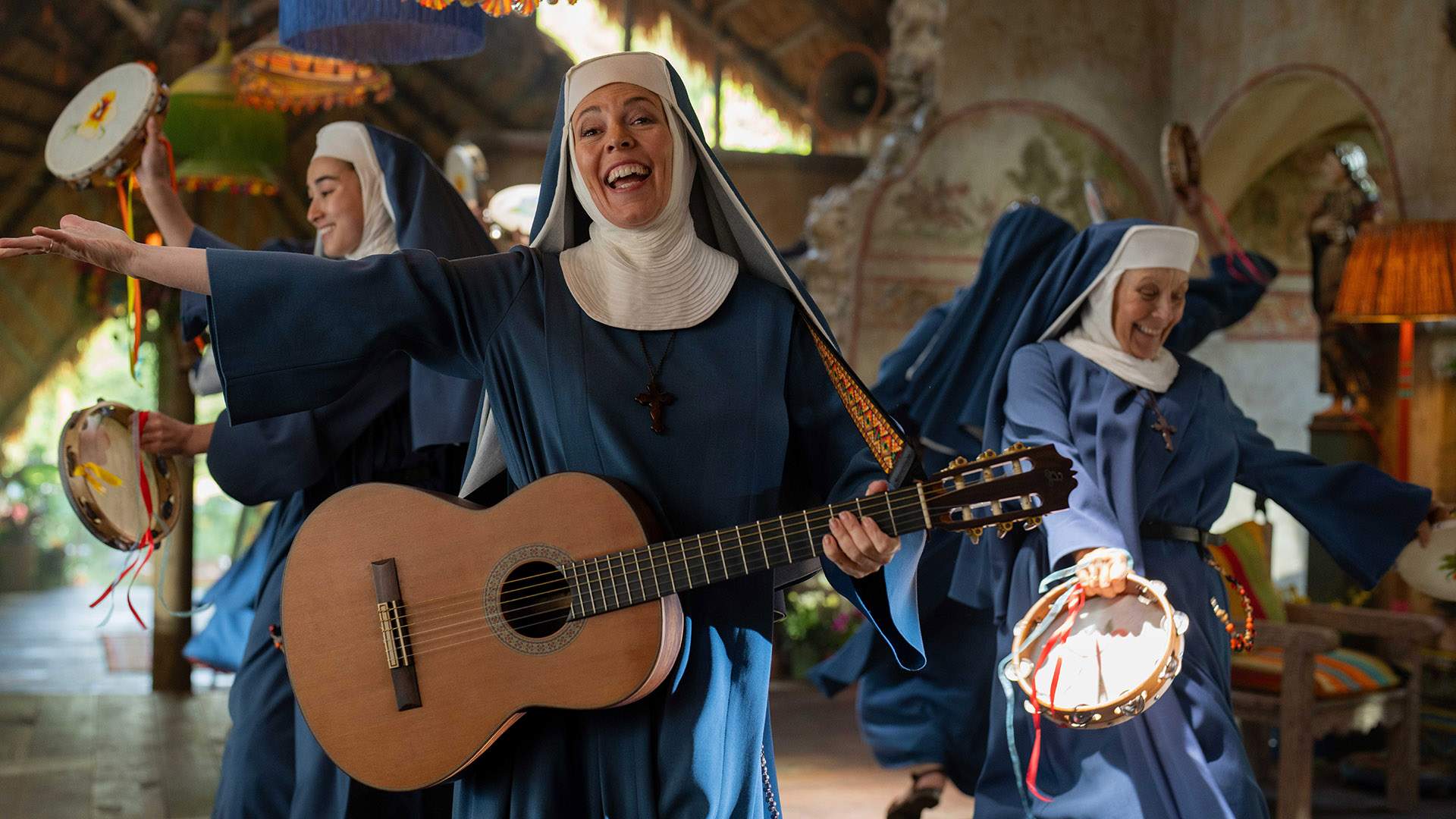
So I admired all these things and I thought 'well, I should probably take this opportunity'. But I was really scared because the first two films are really cherished and really good — and very well done. And I was under no illusion that this would be easy.
We had to work on the script quite a lot with the writers as well, and develop that. And then it's a real technical challenge — and we were taking Paddington out of the environment in the first two films and taking him somewhere completely new, where he'd only been fleetingly in the first two films.
So yeah, it was terrifying. But I felt I had to try."

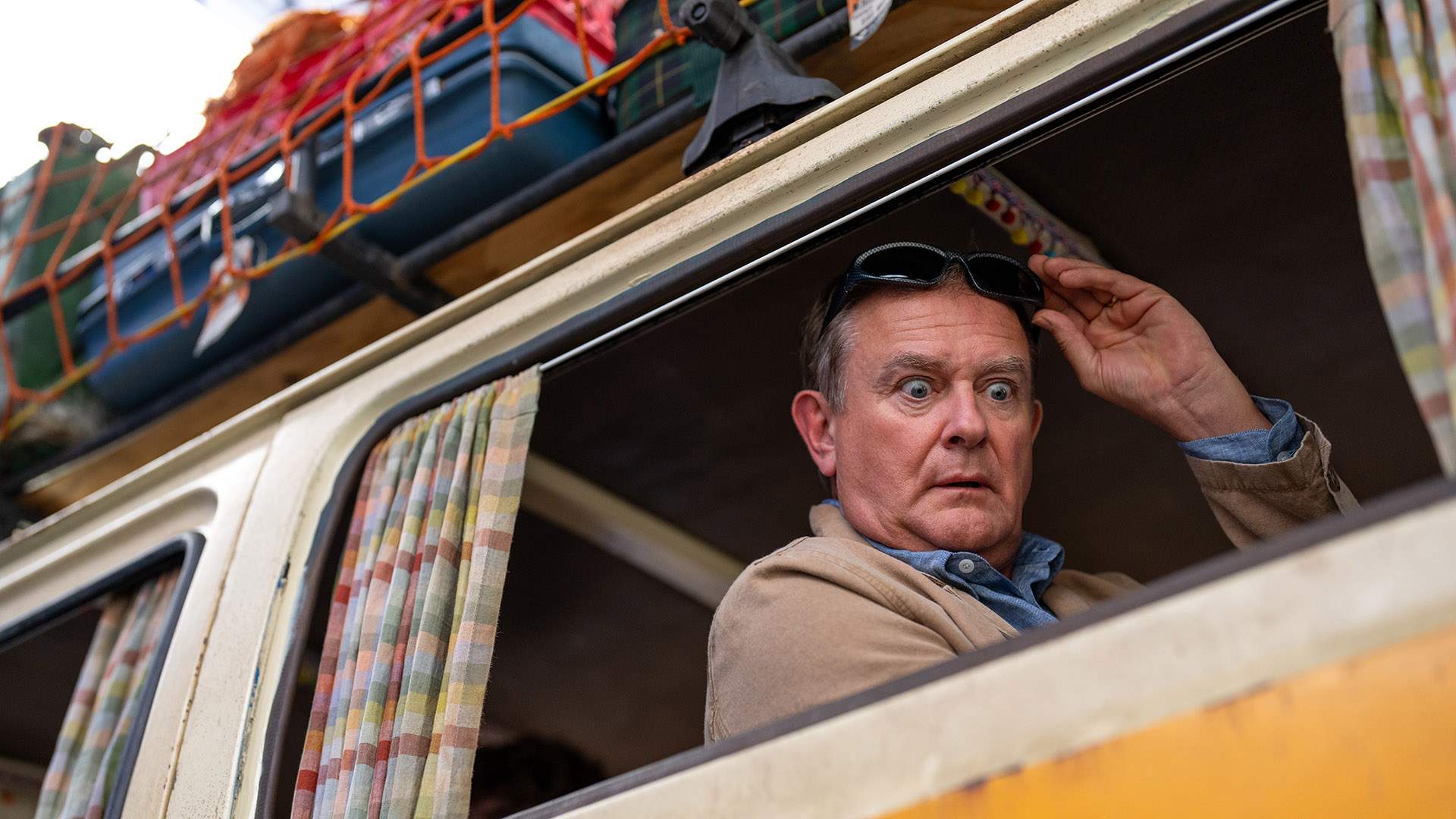
On What Excited Wilson the Most About Diving Into Paddington's World
"I find the first two films really funny, but also quite emotionally powerful, and I was excited to try — I guess, as well as being terrified, I was excited to try to create something that if it was at least half as good as those two films, then I felt like I would have been really happy. So that was exciting knowing that we were aspiring to make something that could be good.
Specifically, I was very excited by the mixed-media approach that Paul had started in the first two films. Using animation for some parts, I loved that in my short-form work.
I was really excited about how intricately and brilliantly the action sequences were done in the first two films. I was keen to get my teeth into the slapstick sequences in this film.
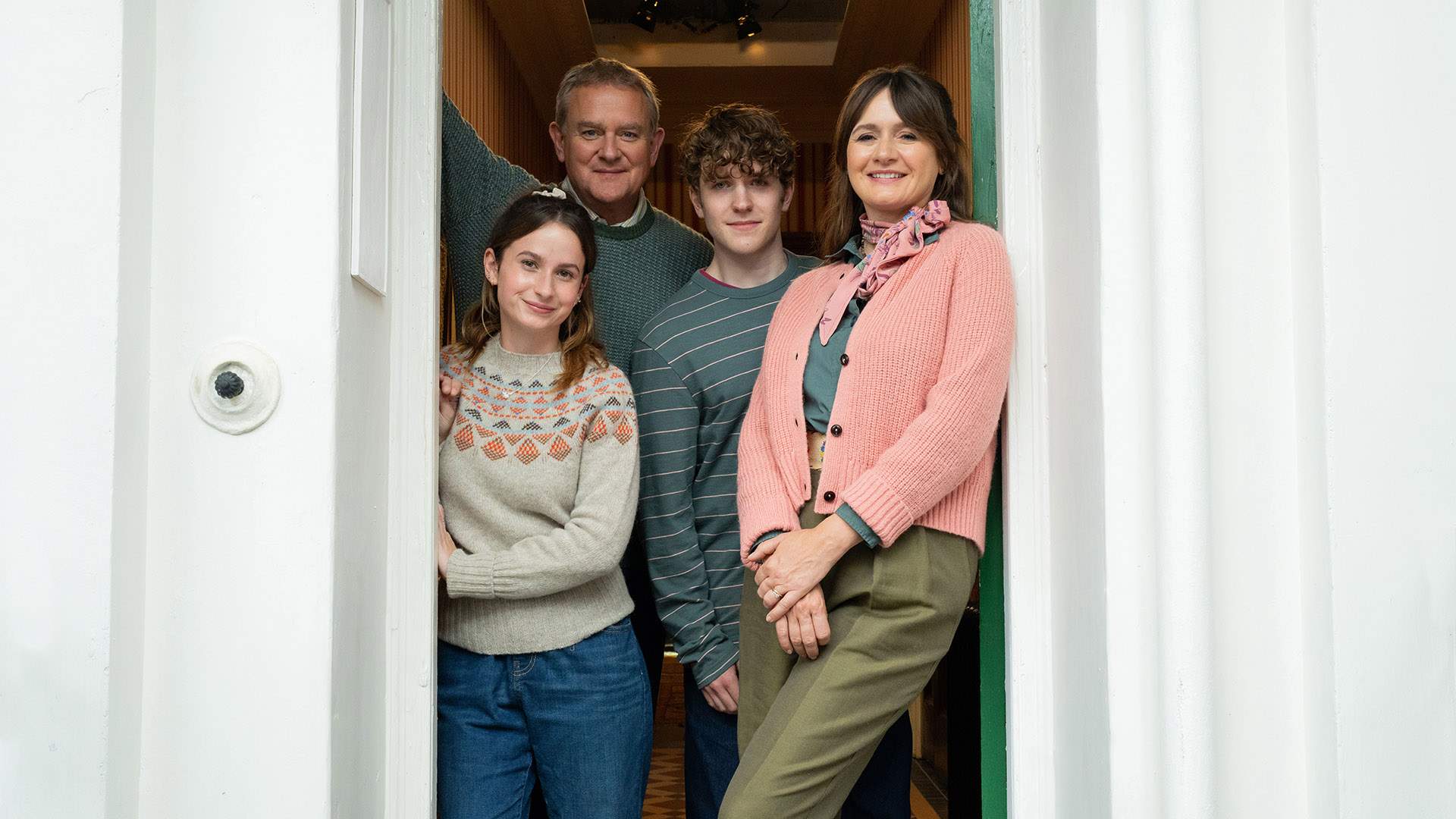
I was very excited by the approach to the design of the cinematography and the heightened style which we were going to try to continue. It's challenging because we were in London, and London is a big character in those first two films. And it does really, the locations and buildings in London really contribute to the style. But we are obviously in a natural environment in Peru. So it was a challenge, but I was also excited to try to continue the style of the first two films in an environment that was novel to them. We tried to that by setting it within an Incan labyrinth that sort of became our stand-in for how the National History Museum works in the first film, or Hunter's riverboat becomes the same as the train in the second film.
It was just trying to find proscenium arches for certain scenes that continued he style of the first two films in a way that was as fun and as intricate as they did."

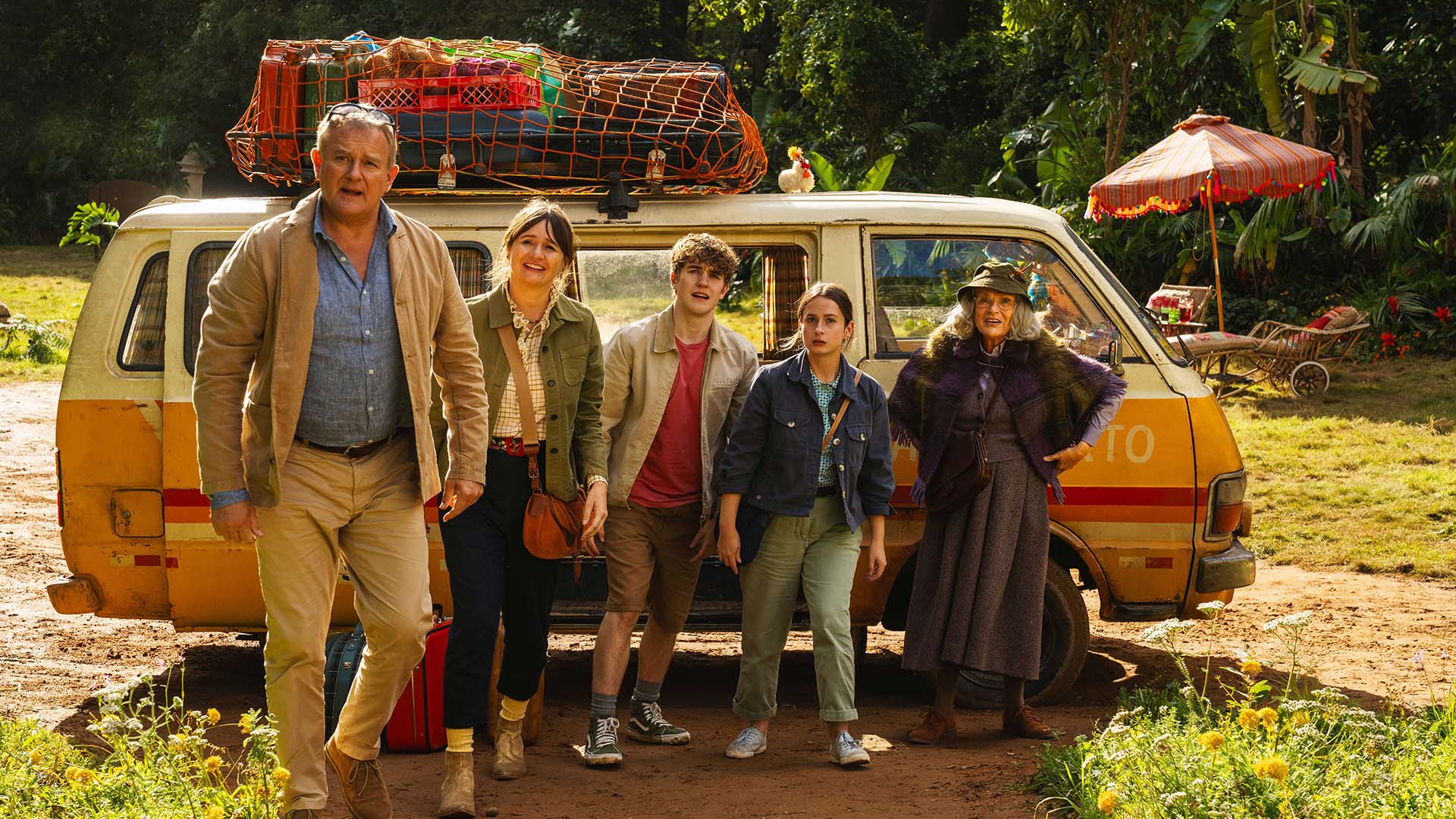
On the Juggling Required to Make a Warmhearted, Globe-Crossing, Treasure-Hunting Mystery Adventure That's Also About Identity, Acceptance and Kindness
"If you don't have both, then it will feel quite one-dimensional. So while Paddington will always mess things up or get himself in quite serious spots of bother, it's all because he means well and it's all because he's trying to do the right thing. So that does guide you in the script-development process.
Also, we were completing the circle of the trilogy, which was basically the story of an immigrant who's looking for a home, who's trying to find their home — and then in the second film, someone who becomes part of a wider community but loses that place and has to fight to get it again, and in doing so finds out finds out a bit more about himself. And in the third film, it's about the experience of an immigrant who has to ask themselves where their home really is and what home means. So there was a deeper theme lying behind all the fun and the action, and we had to bear that in mind the whole time.
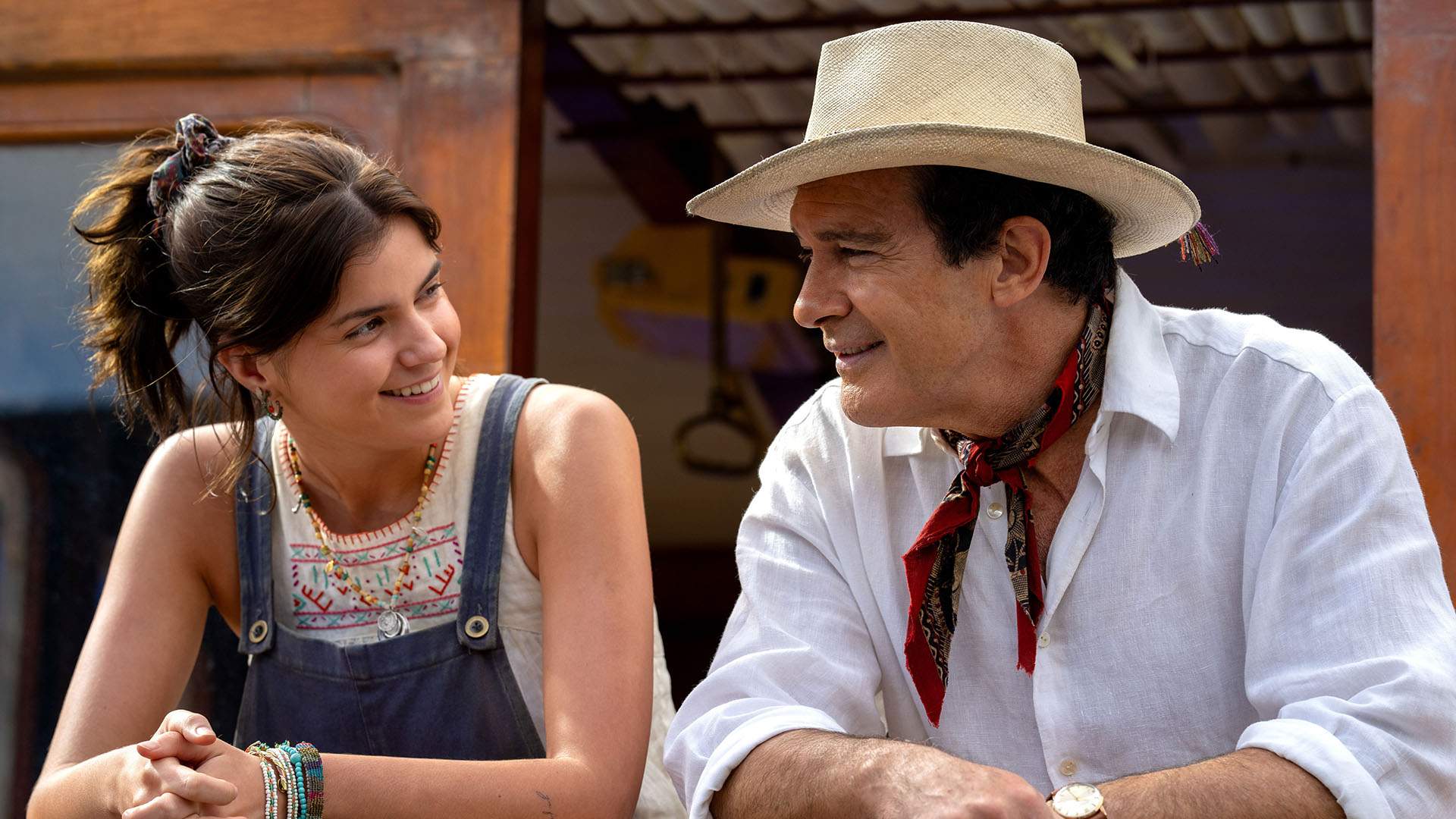
And it obviously comes into focus towards the end of the film where Paddington finds out something about how he ended up in that river in Paddington 2 and where he might really be from.
So there was always the undercurrent of that guiding us, and Paddington's outlook on life guides us. Even in the smallest details, like there's a scene where he tries to drive the boat and ends up — spoiler alert — ends up sinking the boat by accident, and that's all just because he wants to help. He wants to do the right thing.
And so it often steers you, his outlook on life. It's not gags for the sake of gags. It's gags because he's trying to do the right thing at that moment."

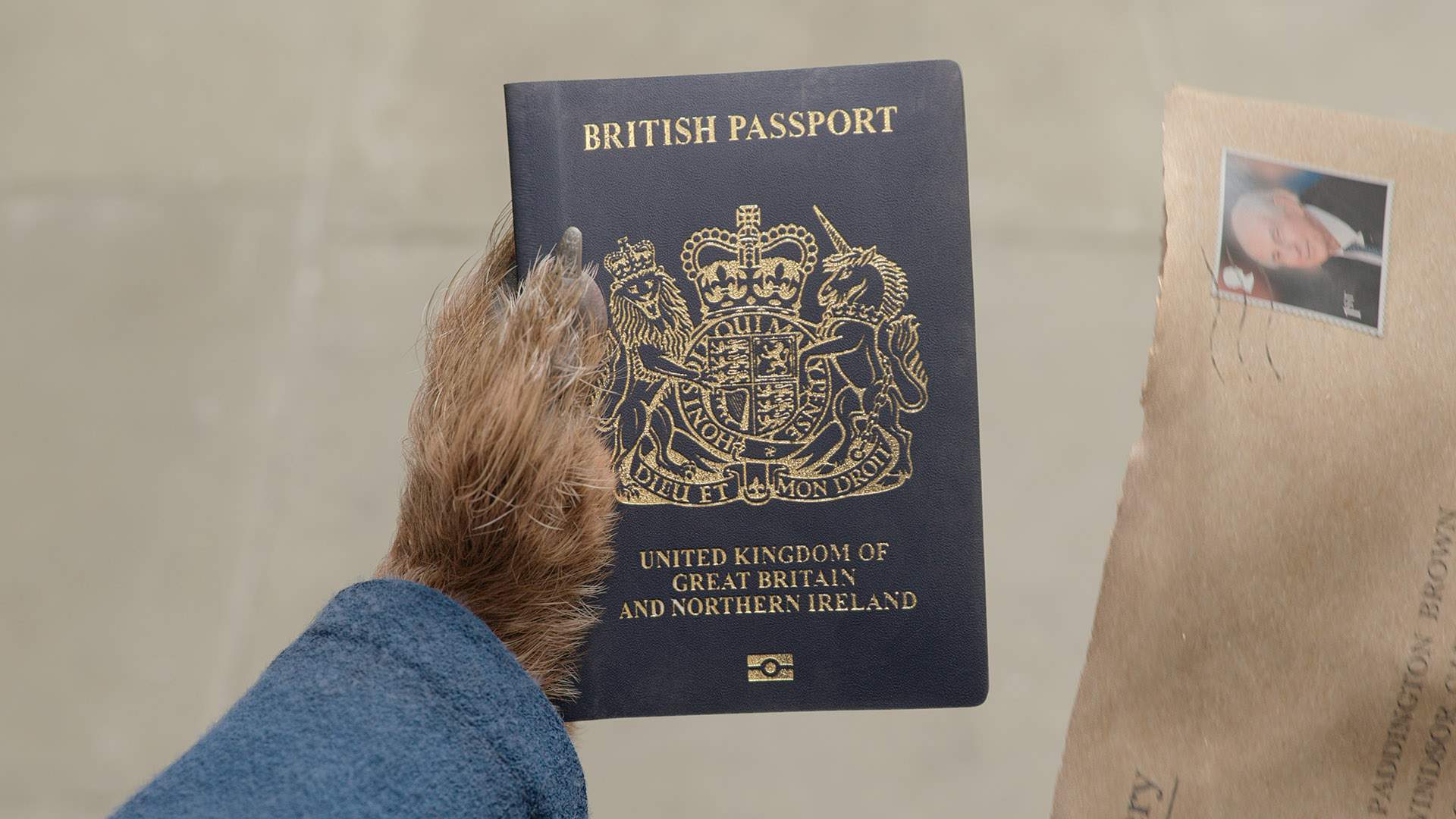
On the Scene in Paddington in Peru, Amid the Film's Many Visually Imaginative Sequences, That Wilson Is Most Pleased About
"There's a few, but the one I thought was very ambitious but hopefully we carried it off was the finale chase at the end of act three — where Paddington's being pursued by the character Hunter, played by Antonio Banderas, around an Incan labyrinth by an Incan citadel, which is very inspired by Machu Picchu. During the research and location-scouting phase of the project, I went to South America for two months and I saw a lot of Incan architecture. And I went to Machu Picchu twice and explored those ruins, and I realised that would be a great place for a chase and for all sorts of interesting physical comedic moments to develop.
In the same way as Paul drew on Chaplin in Paddington 2, I'm an enormous fan of Buster Keaton, and we worked in some Buster Keaton — there's a literal homage to the famous moment where the wall falls on Buster Keaton in Steamboat Bill, Jr within this chase. Then there's references to Raiders of the Lost of the Ark. There's nods to Aguirre, Wrath of God and Fitzcarraldo.
But that particular chase around the Incan ruins, that was really fun to do because we had to work out a sequence of comedic moments within a chase that we could then apply to an Incan citadel, and it just felt like a very good expression and condensation of the idea of Paddington in Peru. It's like, let's take Peru and put Paddington inside and hopefully fun will ensue."

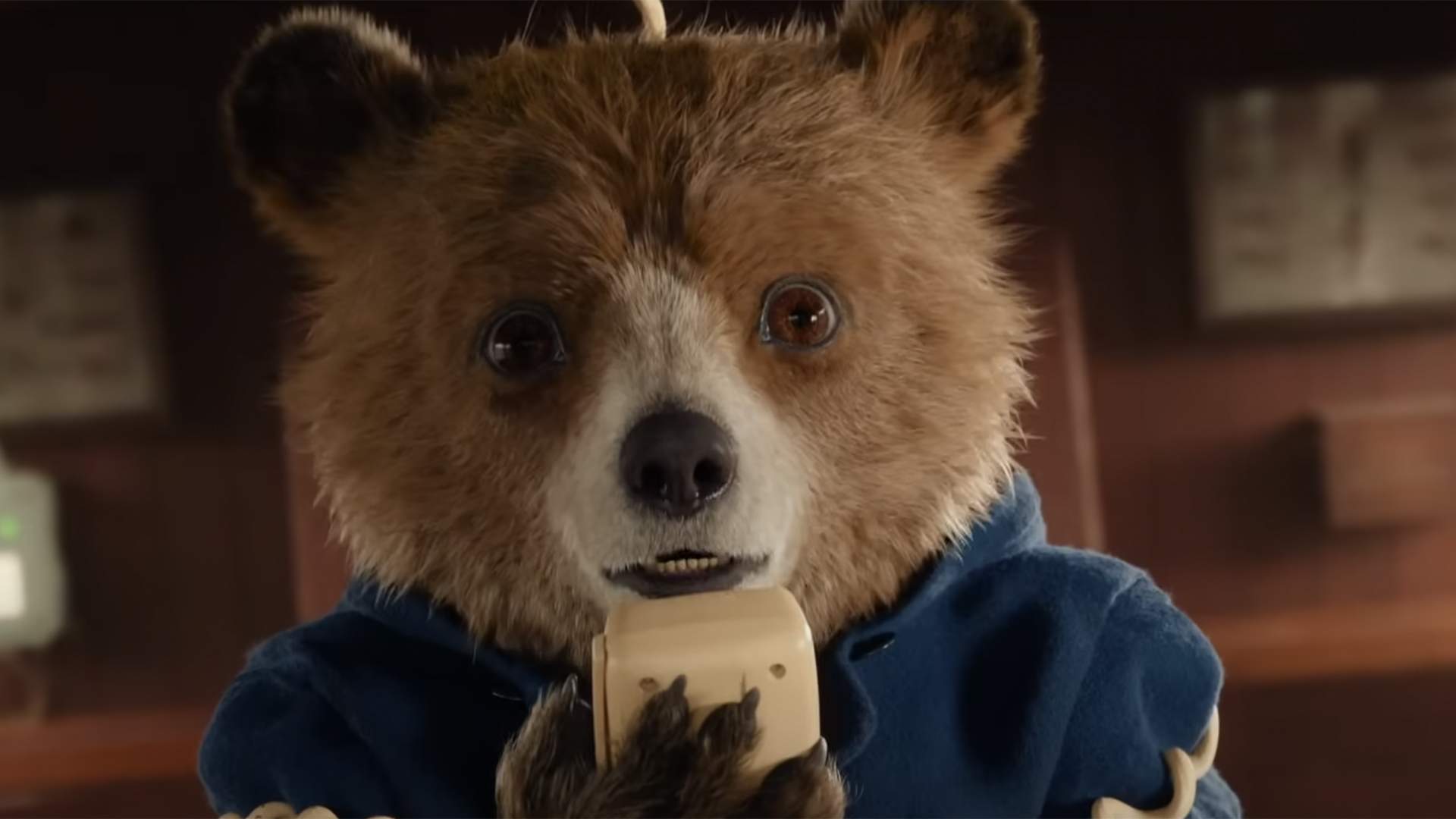
On Not Really Needing to Guide Ben Whishaw's Vocal Performance — or Imelda Staunton's as Aunt Lucy
"They're somewhat old hands at this now, because they've both done two films already. And they're also just brilliant actors. So I often don't really have to tell them really much to do. I just, we get the first few performances, we might develop it, get some options — because sometimes you also don't quite know in the recording session with them exactly what will feel right within the edit, until you get the recordings back to the edit suites and then play those performances off against the other cast or the particular cut you have.
But no, they really inhabit those characters. Ben is the heart and soul of Paddington. And when you hear his voice — because we didn't have his voice right at the start, we started just with scratch dialogue. You do a read-through with stand-ins. And often in the edit, it's sometimes my voice doing Paddington's voice, just because we needed Paddington to say something in particular we don't happen to have as a recording. So in the later stages of the edit, we start doing the voice sessions with Ben and with Imelda, and then those voices go in.
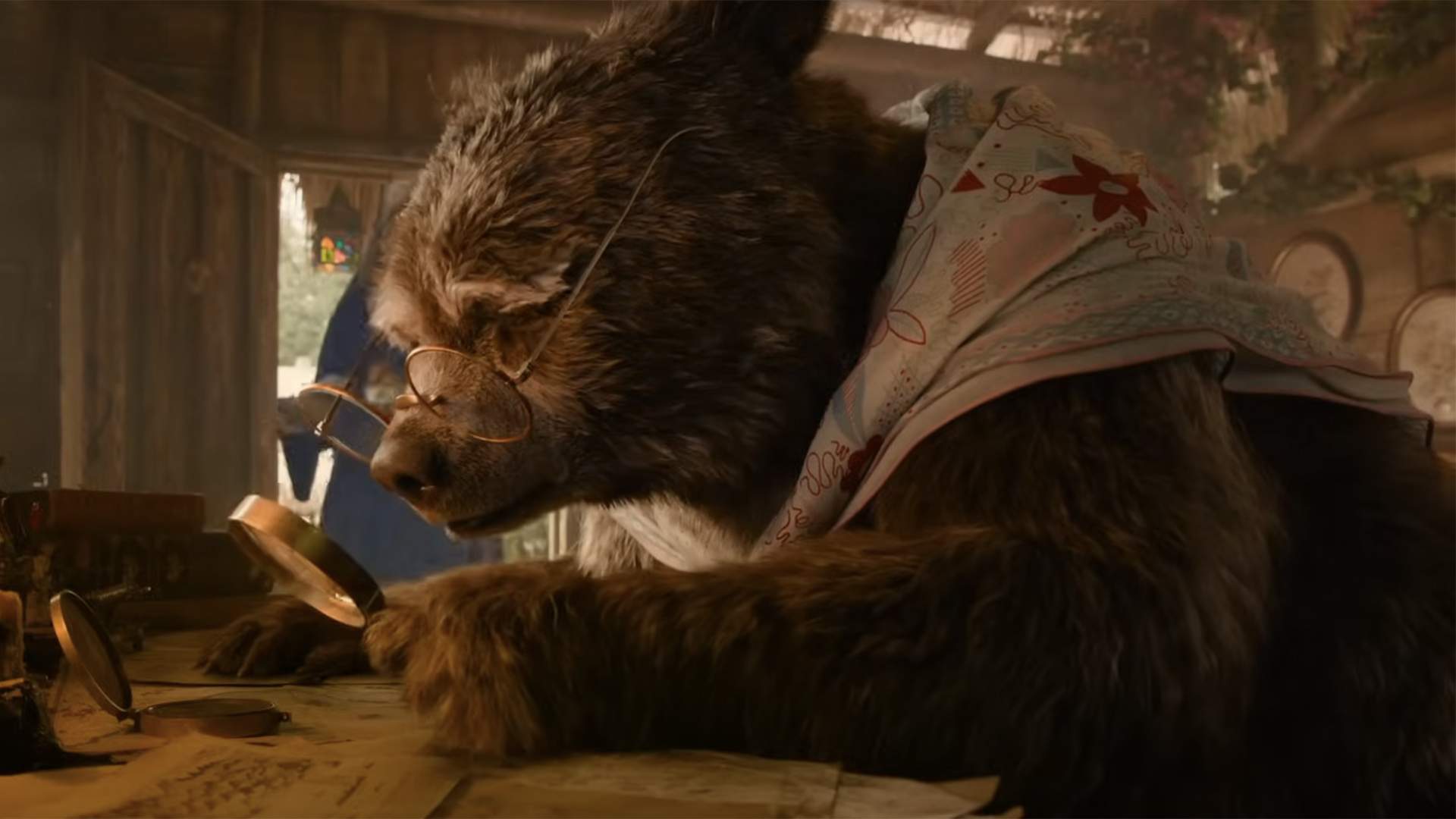
And also, you don't have Paddington's animation to begin with. You just might have some — again, sometimes it's my incredibly crude drawings, which my editor Úna Ní Dhonghaíle [Young Woman and the Sea] had to up with. She had to do chase sequences where it's just this frozen awful drawing of Paddington. But then when you put Ben's voice on it, somehow it absolutely comes alive and the emotion sings through.
And the same with Imelda. I think we got her voice quite late in the day and suddenly the scene just came alive when we put it on.
I don't have to tell them to do very much. It's very, very easy with those actors because they are just so expert."

On How Crucial Whishaw's Voice Is as Paddington, Especially Given That Colin Firth Was Initially Cast for the First Film
"There's a magic to Ben's performance and it just shows you that it's very difficult to put your finger exactly on what it is that that really works when you see that animation combined with that voice. And I think it was very hard thing to predict.
He wasn't originally the voice of Paddington, and it was switched during the editing of the first film, I believe — and then once you hear it, you think 'well, how could that ever have been a different choice?'.
I think the fact that it maybe wasn't obvious when Paul and his team were making the first film, who Paddington's voice should be, is part of the magic of why Ben works. And it's quite hard to articulate why he works. He just has this — there's an element of wisdom to his voice, but there's also an element of childish innocence to his voice. It's a lovely, subtle, slightly contradictory combination. And there's a real intimacy to his performance. And also you really believe the character and you believe he cares. That's just something interwoven in the fabric of Ben's performance.
What exactly, how exactly he does that, I don't know. That's the magic."


On Adding Olivia Colman and Antonio Banderas to the Cast
"We needed an amusing British nun who just felt like she was in a Paddington film. And as soon as someone mentioned Olivia Colman, we couldn't really think of anyone else, so that just seemed to click together. Then we sent her the script and asked if she wanted to do it, and within the same day we got a response: 'love to, I'm already learning the guitar'. So that was it. It was pretty simple.
Antonio was equally keen on the project. We needed a charming Spanish riverboat captain who was quite swashbuckling, and of course your mind immediately turns to Antonio Banderas.
So they just seemed the right, obvious choices for two archetypal roles. And luckily, they were very, very into it."

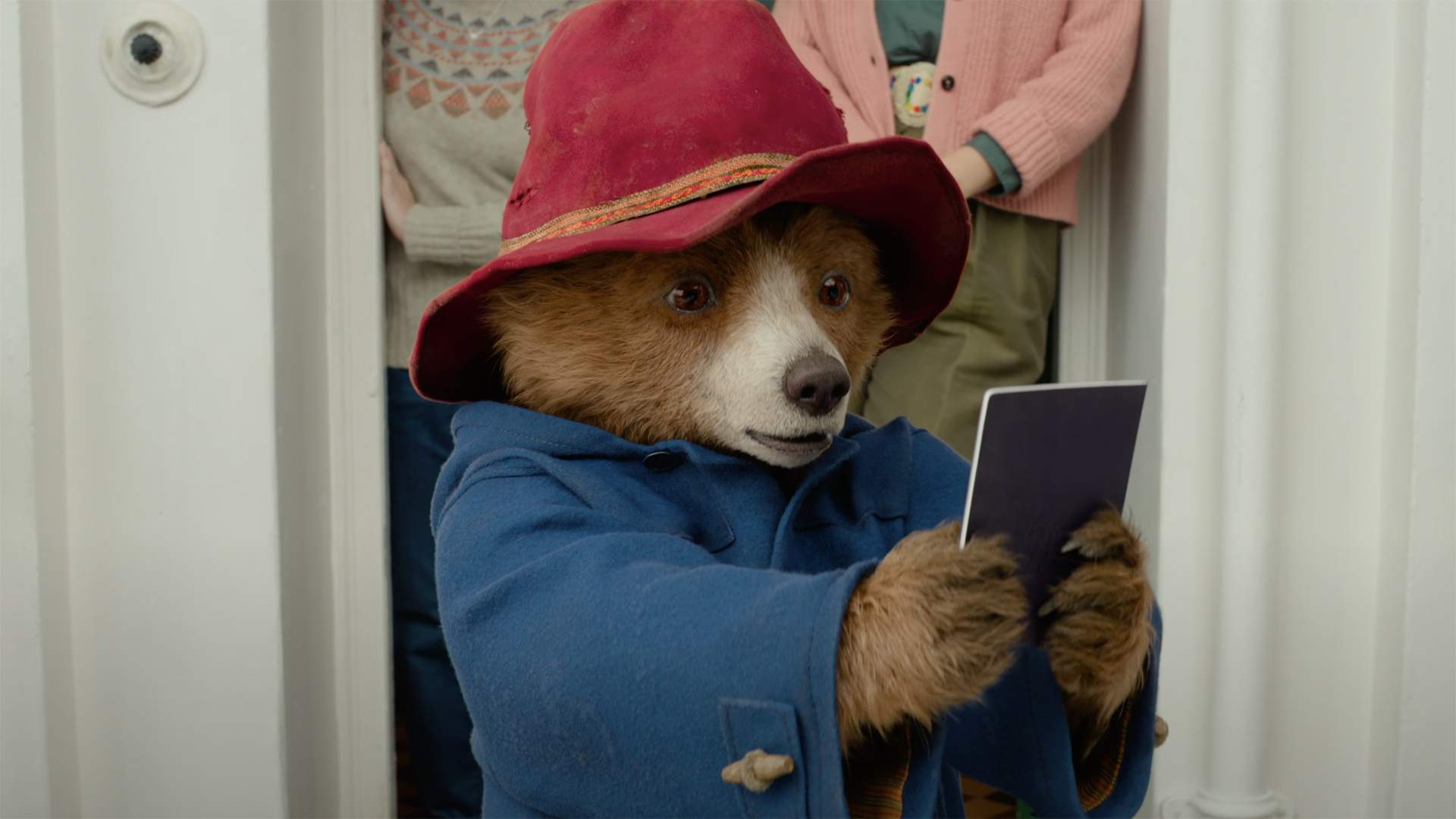
On the Sense of Responsibility That Comes with Making a Heartwarming, Joyous Film That Offers Viewers an Escape — But Also Have Some Darkness in It
"It's a big responsibility. And it's lovely to see the reactions of people who've seen the film and have found joy in it and found their spirits lifted by it. That's a wonderful thing to do. Obviously they're joyful, but you have to have the dark moments as well in order for the joy to work. And also you can't slap the joy on in too saccharine a manner, otherwise they won't feel authentic.
But yes, they have a very positive outlook on the world and that all just emanates from Paddington's character, which he has an optimistic view of the world. He always looks for the good in people, and he always believes that if we are kind and polite, the world will be right.
So the joy from the films, I think it all emanates from Paddington's worldview and his ability to change people. He often doesn't change that much himself, but he can change other people for the better. He'll find the good in people and change them."

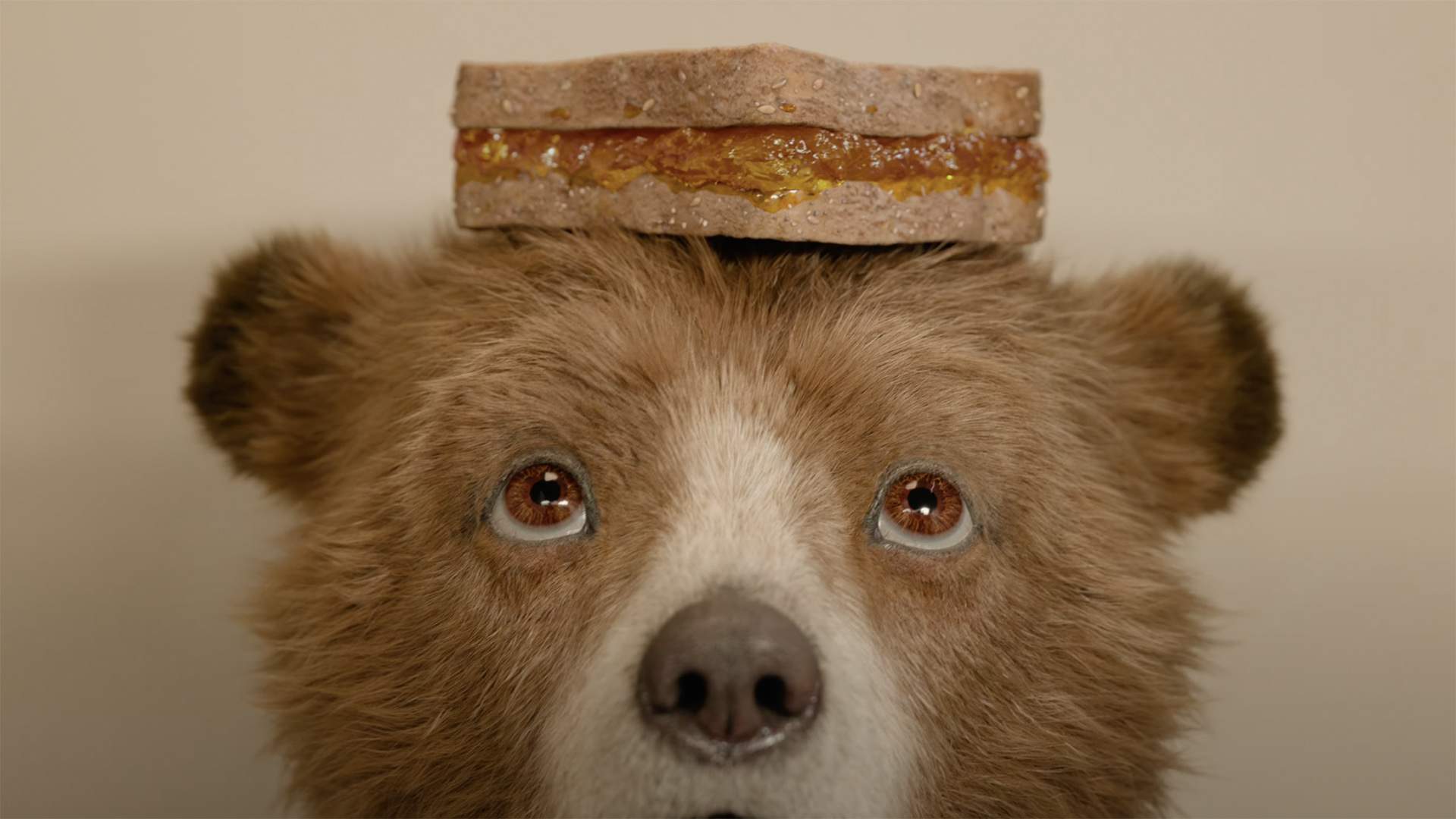
On Why the Paddington Films Have Struck Such a Chord with Audiences
"I think basically because Paul got it right. He managed to get the character right, managed to get the tone of the humour right and managed to get the execution right. It could have been done differently, but it was just very, very smartly done.
And again, you mentioned Ben Whishaw — Ben Whishaw just inhabits Paddington. And then the animation, the director of animation on all the films has been a brilliant guy called Pablo Grillo, and the combination of the way Paddington is designed and moves and animates and emotes with Ben's voice is just something, there's something magical there, and it was to the credit of all the team on the first two films that they just managed to make that resonate.
So, I can't take the credit for that myself. I think that's just something that I inherited and I did my best to continue."

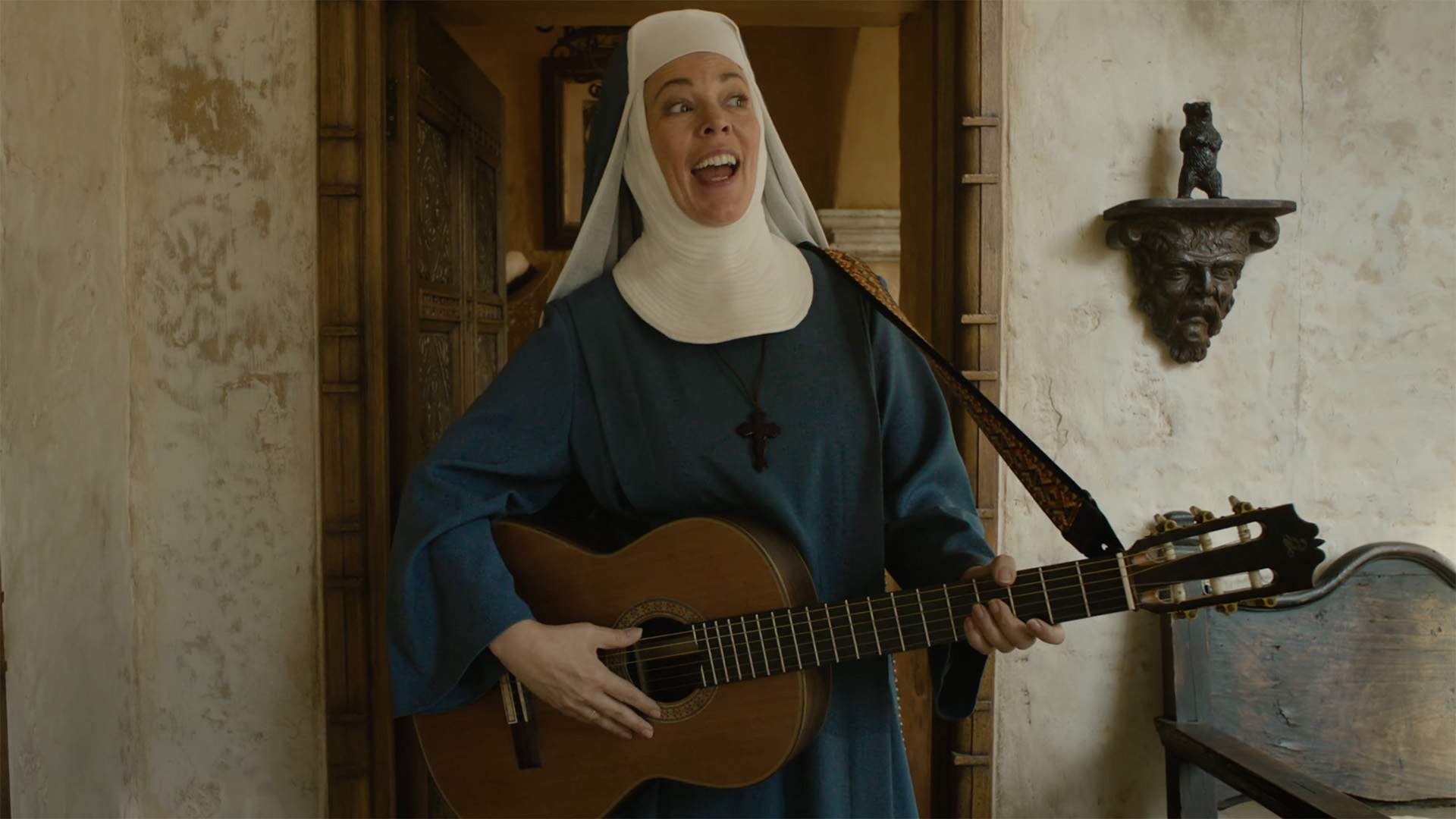
On How Wilson's Background in Music Videos Helped with Directing His First Feature
"That format of filmmaking, short-form, especially short-form set to music, is — well, the way I've done it, is there's a lot of attention to detail because you only get a short amount of time to show stuff. I also try to put stories into these pieces of videos. And I love it when the pieces are as packed as possible and as intricate as possible. So I really enjoyed applying that to the sequences in Paddington.
I also thought, for the first two films, they do feel very carefully crafted and every moment seems to count. So it didn't seem too different a style for this film. Although, story is king and the story comes from the script, so I very much had to respect the scenes where the actors have to deliver a story — but I love trying to entwine that with style and design, and how it was directed and how the shots slotted together.
Then it really came into its own when I was doing an action sequence or a slapstick sequence, or even a musical sequence, obviously when the Reverend Mother sings a song.
So it really helped, but it was also a good new experience to do long scenes with actors performing and delivering great performances. That was maybe something that I hadn't experienced as much when I did short-form of stuff, but I really enjoyed it. I really enjoyed attacking that sort of scene as well."

Paddington in Peru released in Australian and New Zealand cinemas on Wednesday, January 1, 2025.
